PsychNewsDaily Publishers
100 Summit Drive
Burlington, MA, 01803
Telephone: (320) 349-2484
PsychNewsDaily Publishers
100 Summit Drive
Burlington, MA, 01803
Telephone: (320) 349-2484
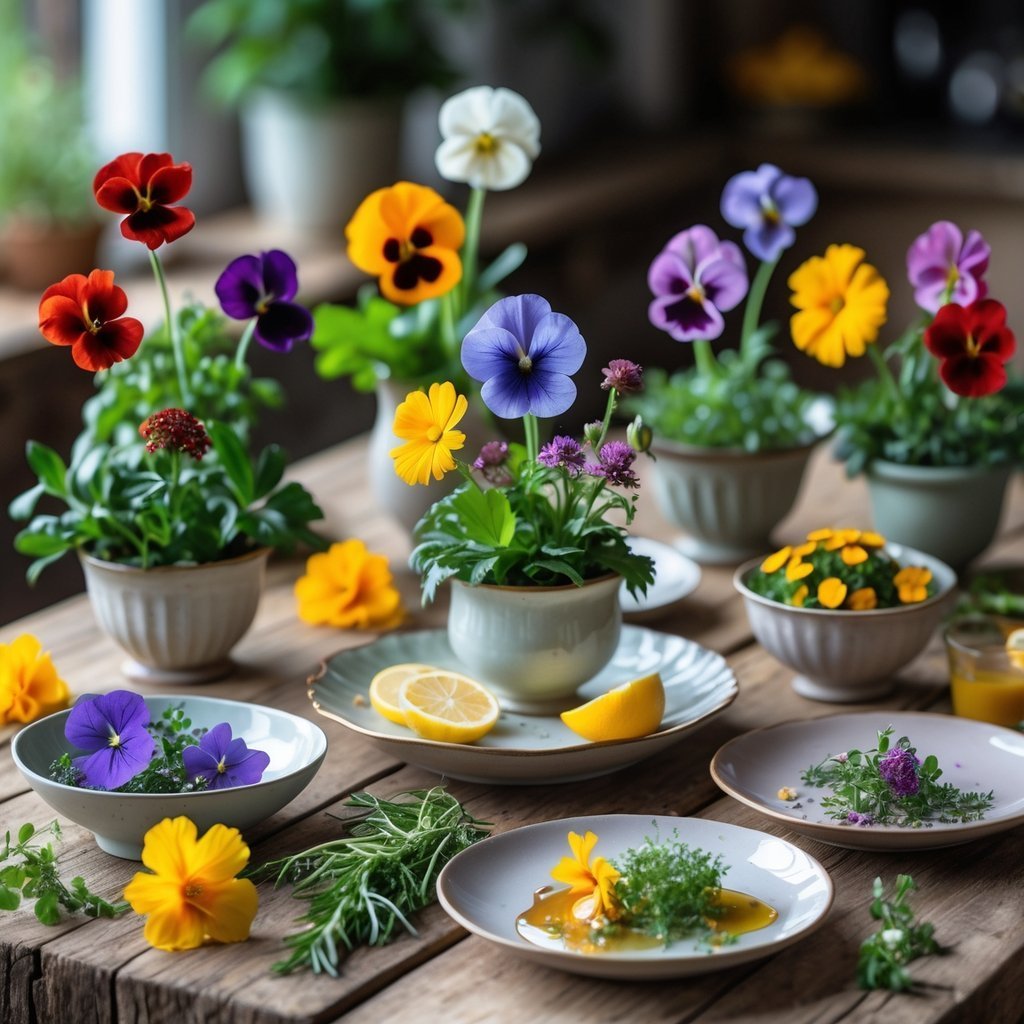
People usually see flowers as decorations, but honestly, a lot of them taste great and work well in meals. You might have some edible flowers growing in your yard right now and not even realize it.
These flowers can bring new flavors and colors to your food. It’s a fun way to make your dishes look and taste a little more exciting.
If you know which flowers are safe and tasty, you can give your cooking a fresh twist and enjoy a little extra beauty on your plate. Why stick to the usual fruits and veggies? Flowers can surprise you and add some fun to your meals.
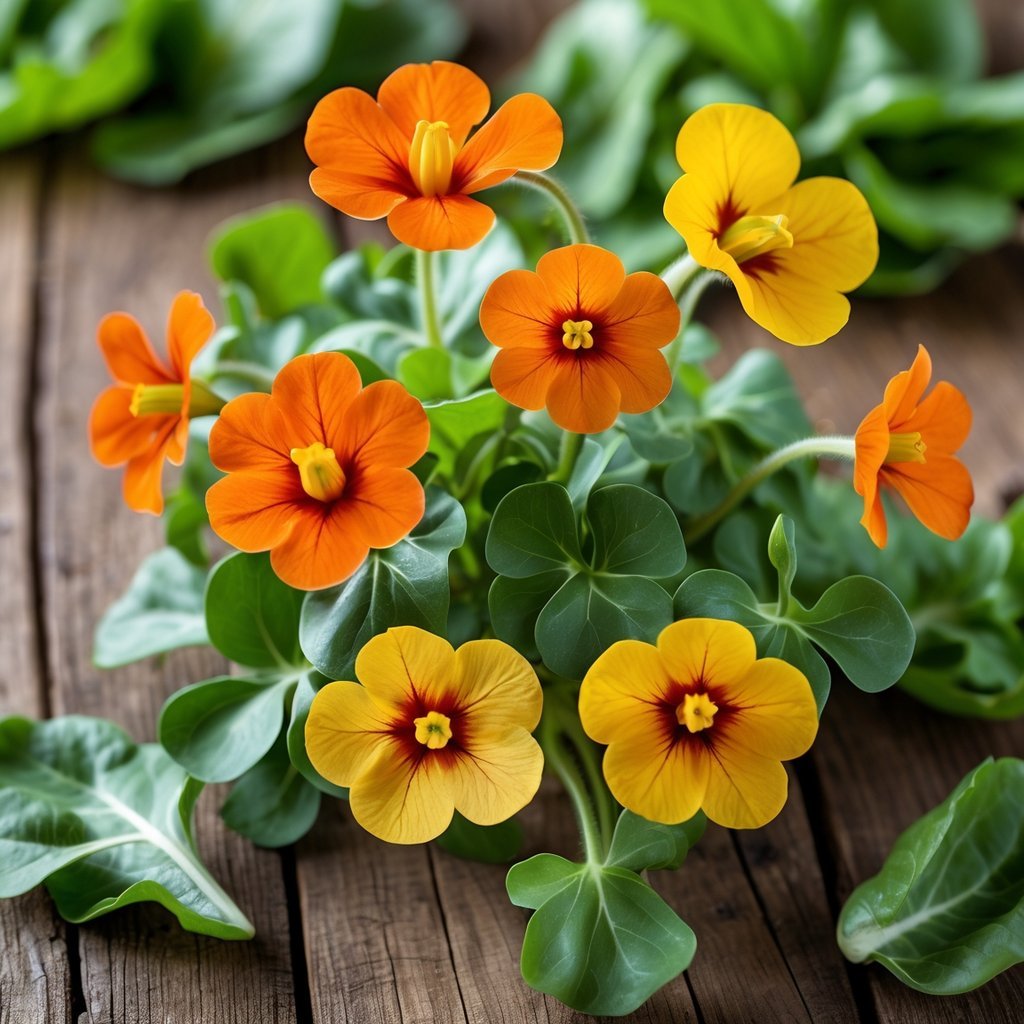
Nasturtium flowers and leaves taste fresh and peppery, giving your meals a nice little kick. I love tossing them into salads—the colors just pop, and that spicy flavor is kind of addictive.
You’ll spot nasturtiums in shades like orange, red, and yellow. They look gorgeous and give your food a mild, peppery bite.
Try sneaking nasturtium into sandwiches, sauces, or even drinks if you’re feeling creative. They’re super easy to grow and can even help keep bugs away from your garden.
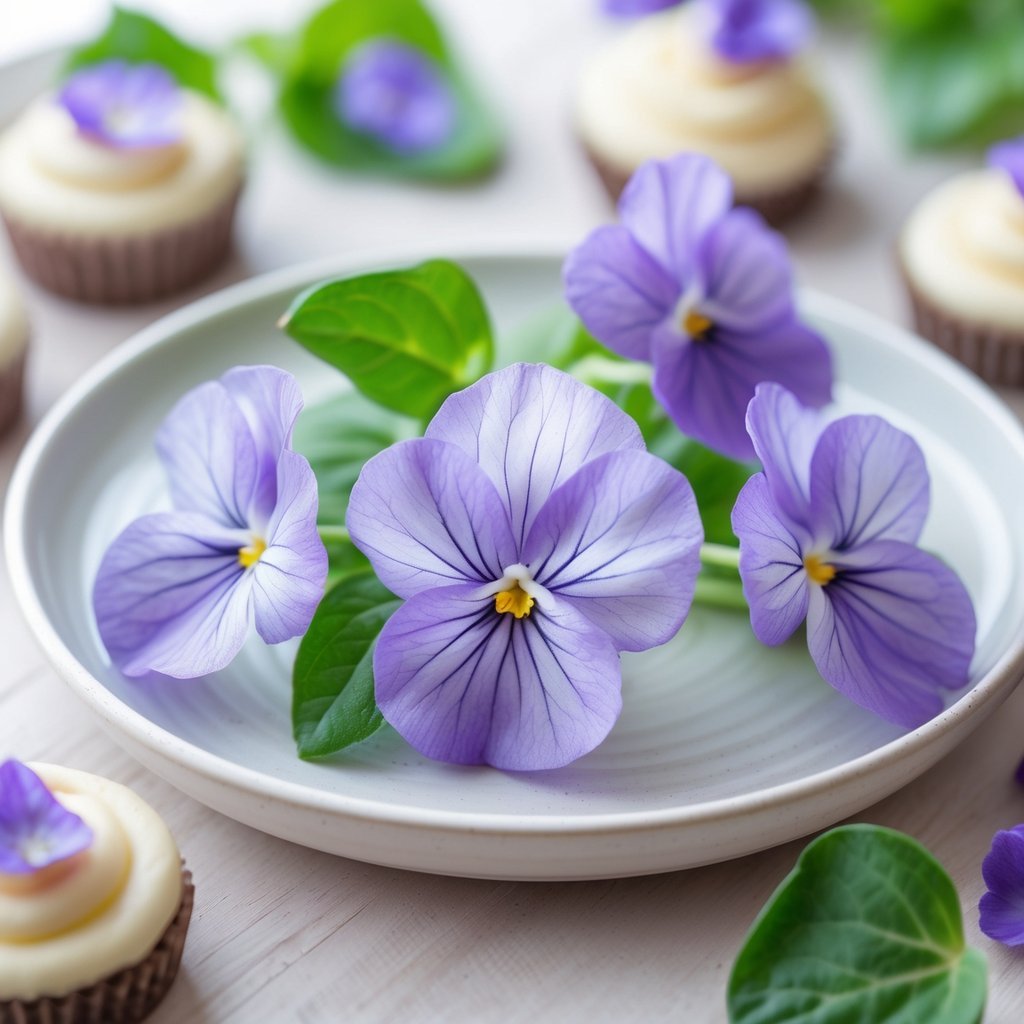
Violets are totally edible, which might surprise you. They have a mild, sweet flavor that brings a gentle floral note to whatever you’re making.
People often use violets to decorate cakes, cookies, or even ice cream. Candied violets look beautiful and taste lovely.
If you want to mix things up, try tossing fresh or sugared violets on salads or in drinks. They add a nice pop of color and a hint of sweetness.
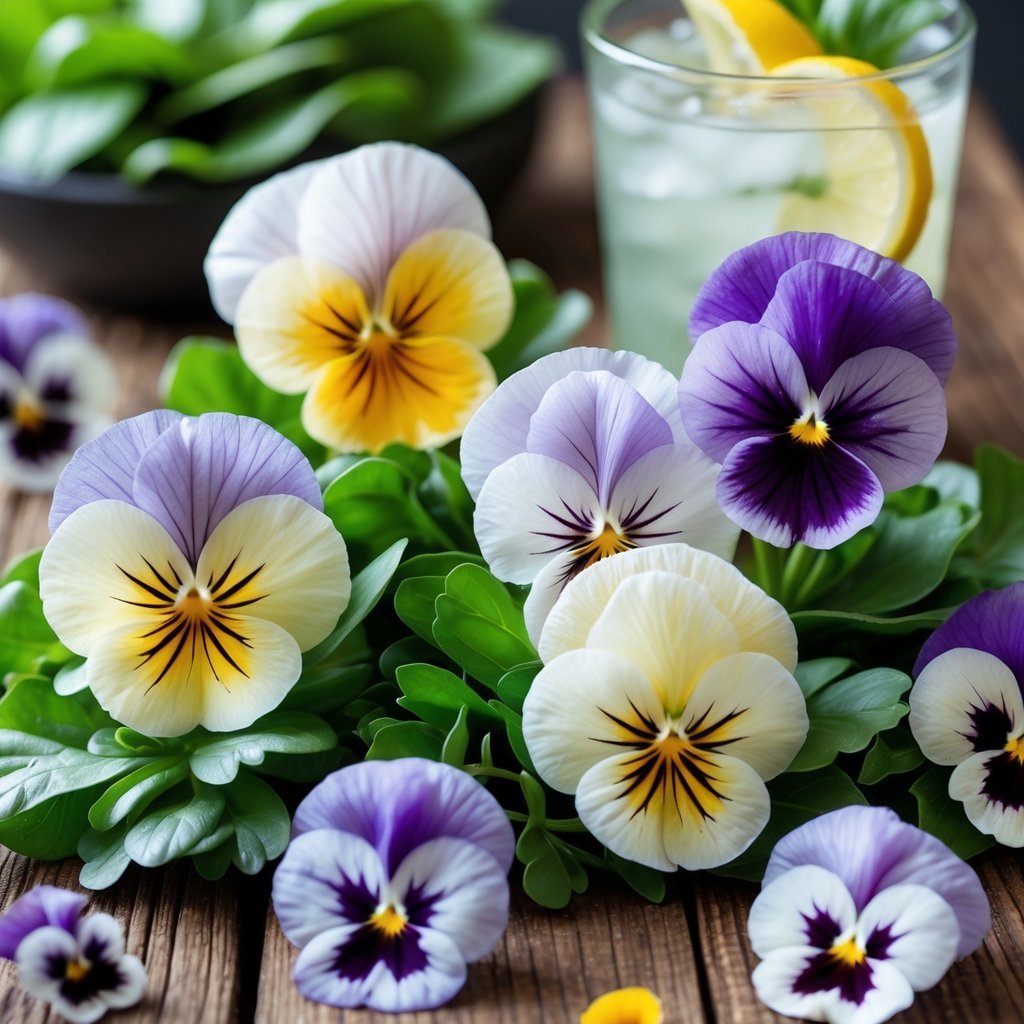
Pansies are edible and taste pretty mild, with just a bit of grassy flavor. There’s also a slight wintergreen note if you pay close attention.
They come in so many colors and really brighten up salads or drinks. You can sprinkle them on top or mix them in for a subtle flavor.
Just make sure you’re using pansies that haven’t been sprayed with chemicals. They’re a simple way to make your food look and taste a little more interesting.
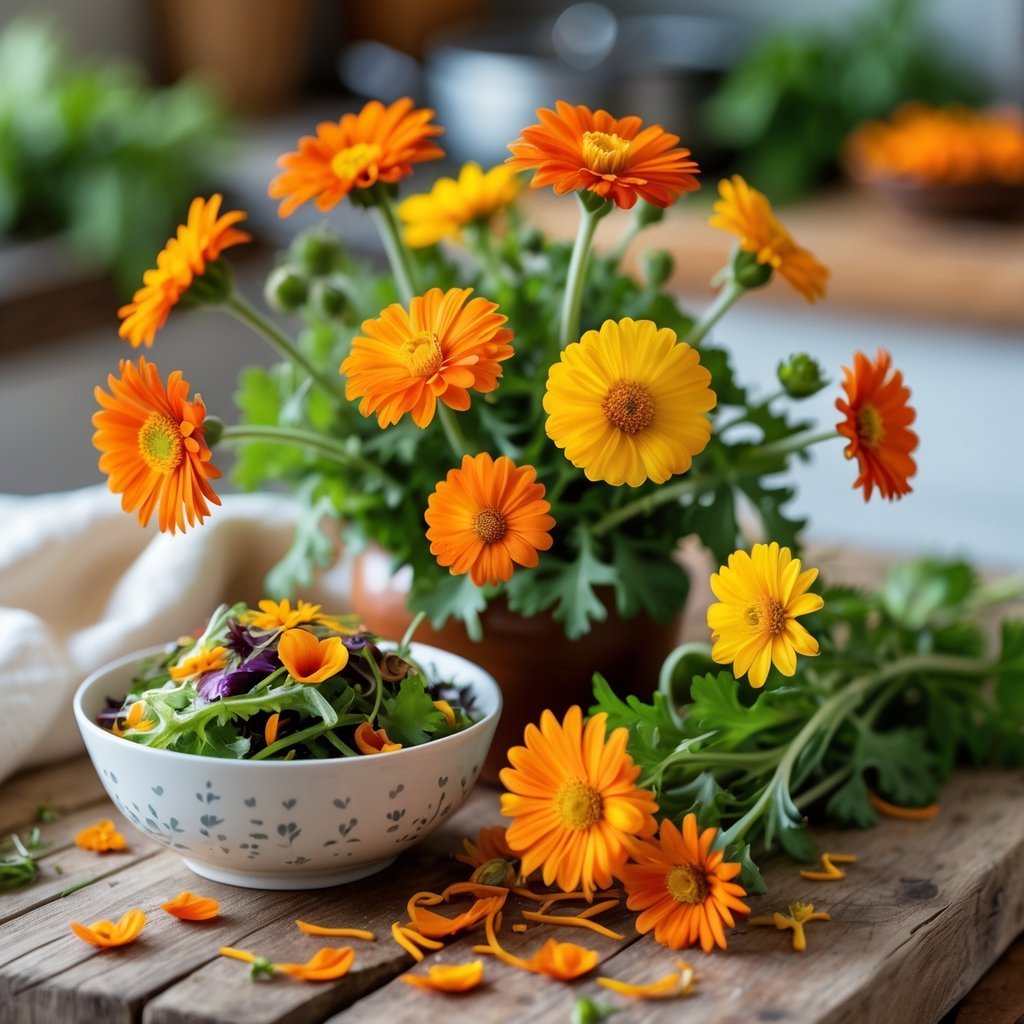
Calendula petals can really brighten up your meals. Their flavor is mild, a bit tangy, and slightly spicy, which works for both savory and sweet foods.
Try tossing fresh petals on salads or soups for a quick burst of color. Calendula also works in rice, stews, or even baked goods if you want a subtle kick.
You can dry the petals and use them for herbal teas or to infuse oils for cooking. It’s a simple way to add some color and flavor to your kitchen.
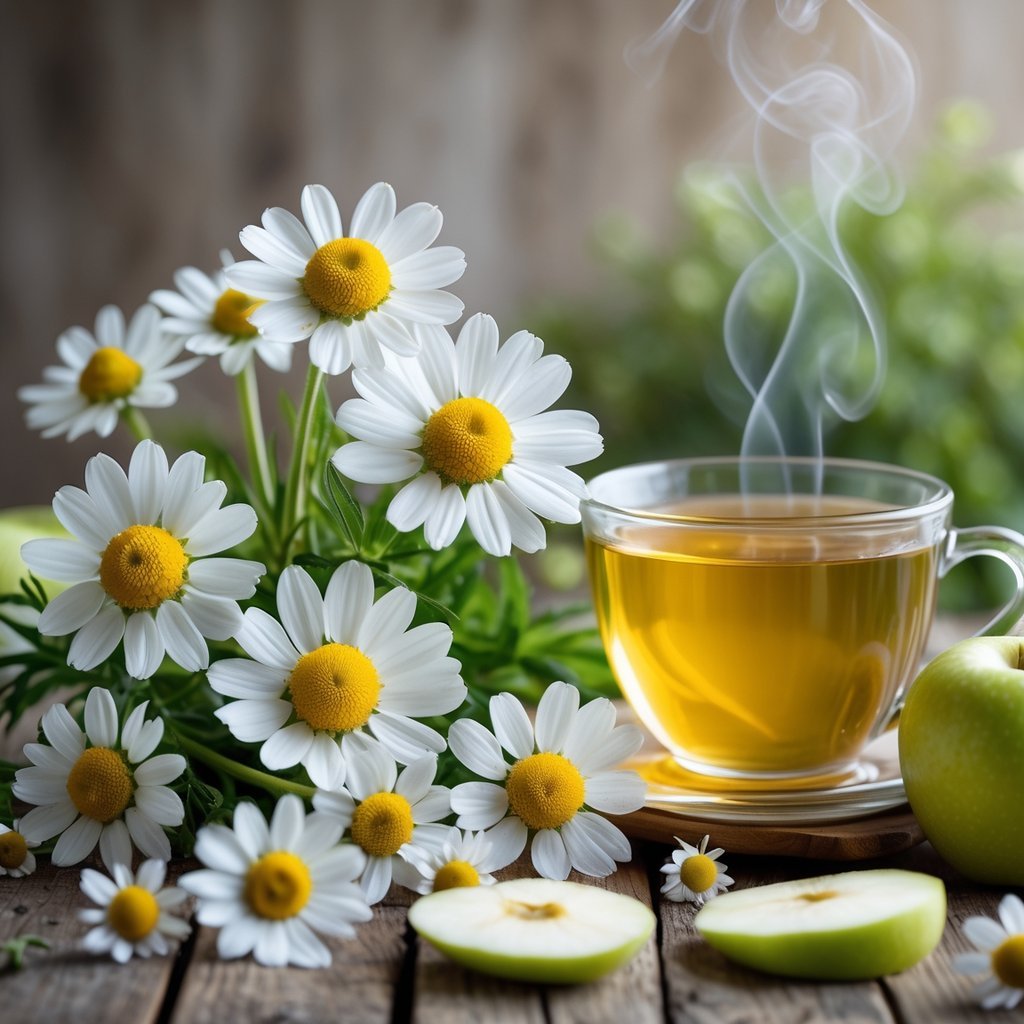
Chamomile is famous for soothing tea, but there’s more to it. It tastes gentle, with a hint of apple and a light floral sweetness, which is perfect for calming drinks.
You can also add chamomile to cookies or muffins for something different. It works in syrups or honey, too, giving a soft, sweet flavor.
When you brew chamomile, pay attention to the taste and use good-quality flowers or tea bags. Even a simple flower like this can bring a fresh, calming note to your recipes.

Hibiscus stands out for its bright red petals and tart, cranberry-like flavor. It’s a bit floral, and people love it in teas and cold drinks.
You’ll find dried hibiscus flowers in lots of cultures, especially for making tangy drinks. They’re refreshing and a little bit addictive.
Besides drinks, you can toss hibiscus petals into salads, jams, or desserts. If you try it, you’ll get a nice zing that’s not too sweet.
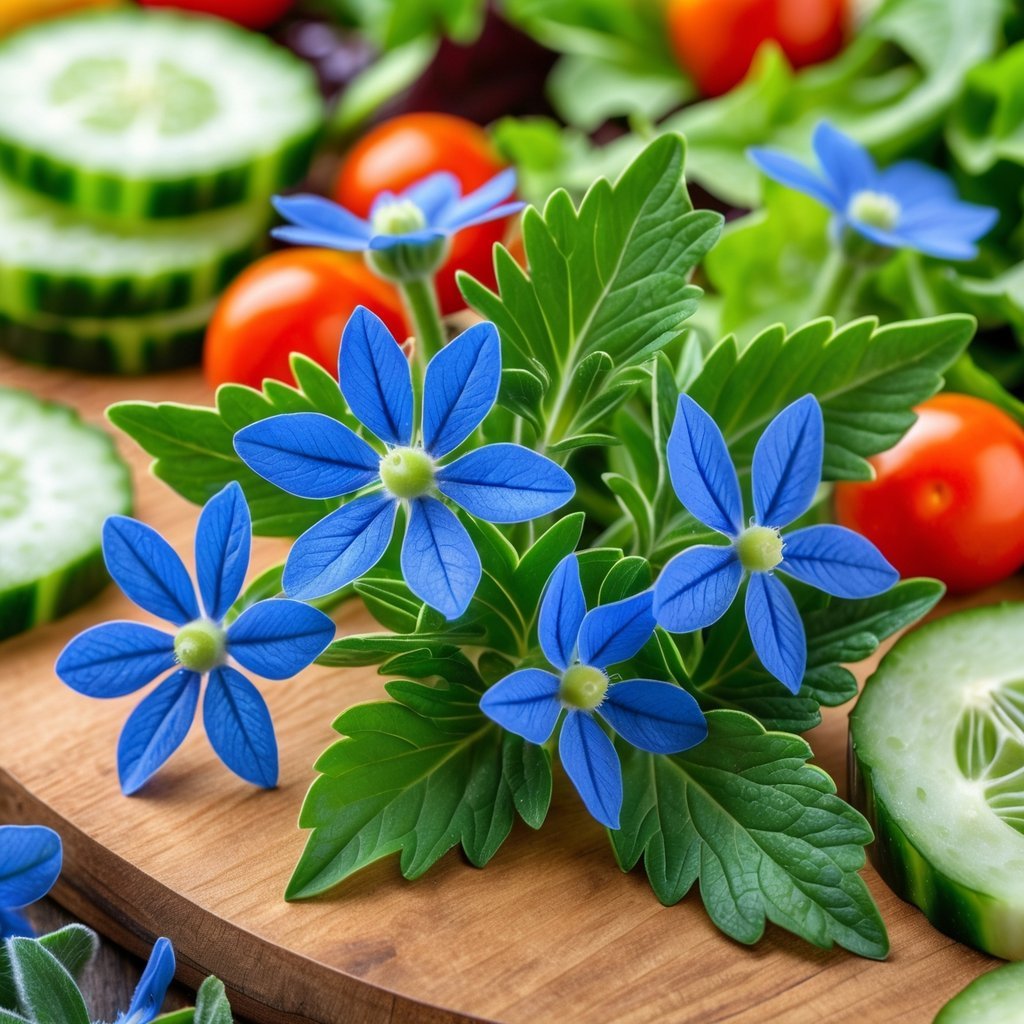
Borage is one of those flowers you might not expect to eat, but it tastes a lot like cucumber. Its mild, fresh flavor fits perfectly in summer salads.
You can eat both the leaves and the bright blue flowers. The flowers bring a splash of color and a touch of sweetness.
Try adding borage leaves to salads or steep them in water for a cucumber-flavored drink. It’s a simple way to make your meals and drinks more refreshing on hot days.
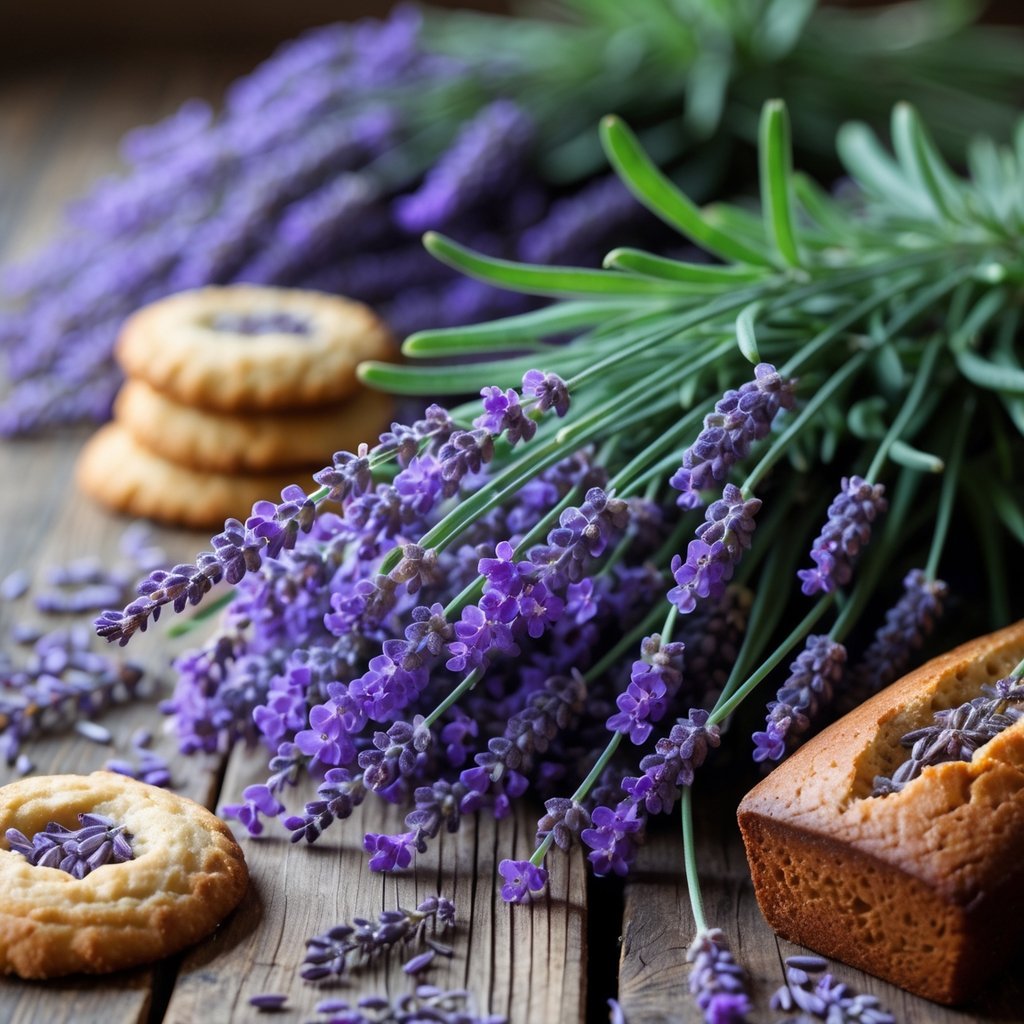
Most people know lavender for its lovely scent, but did you realize it’s edible too? I always reach for English lavender when I cook because it tastes sweet and floral.
If you use just a little, lavender brings a unique flavor to cakes, cookies, or muffins. It goes really well with honey, lemon, or vanilla, and somehow makes baked goods feel extra fresh.
But don’t overdo it—too much lavender can get a bit soapy, honestly. I like to toss some into syrups or glazes for a gentle floral kick.
It’s a fun way to shake up your usual treats and maybe surprise your taste buds!